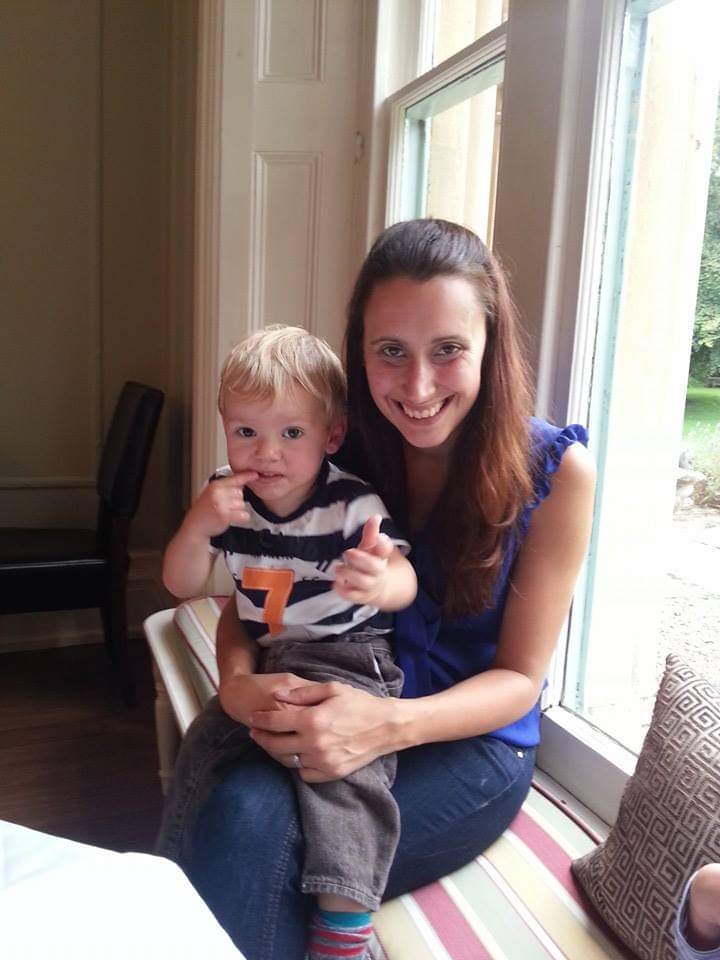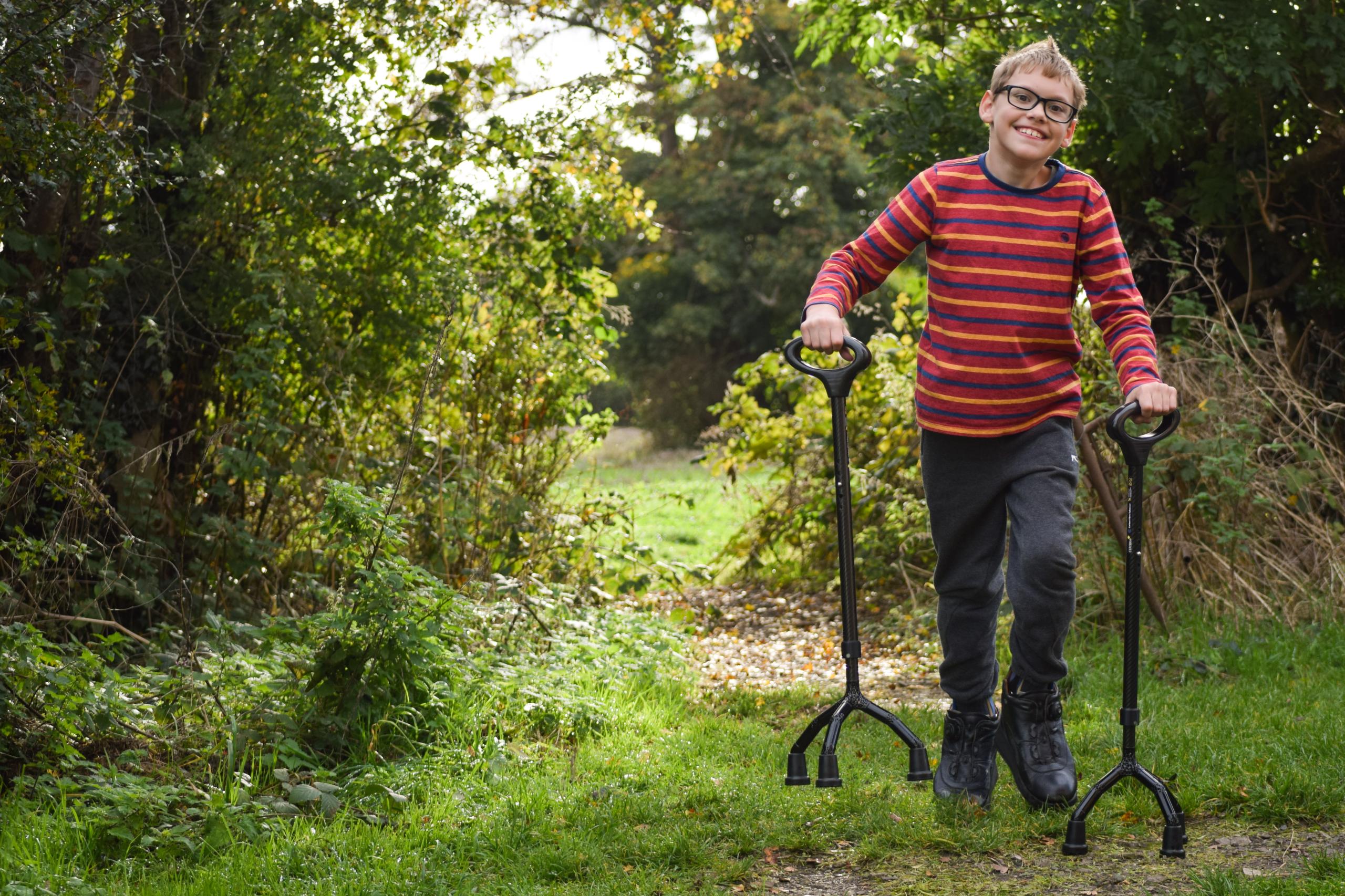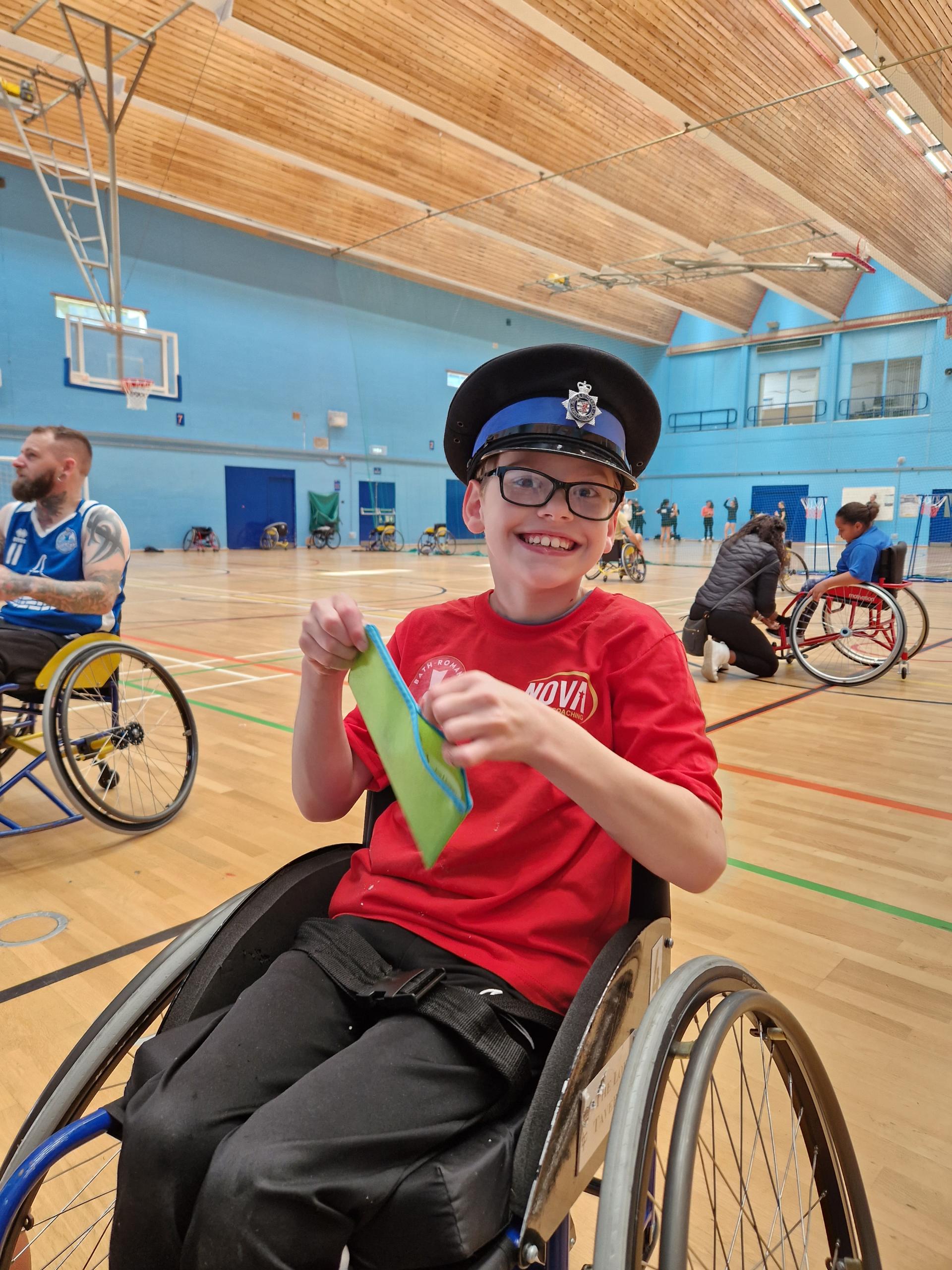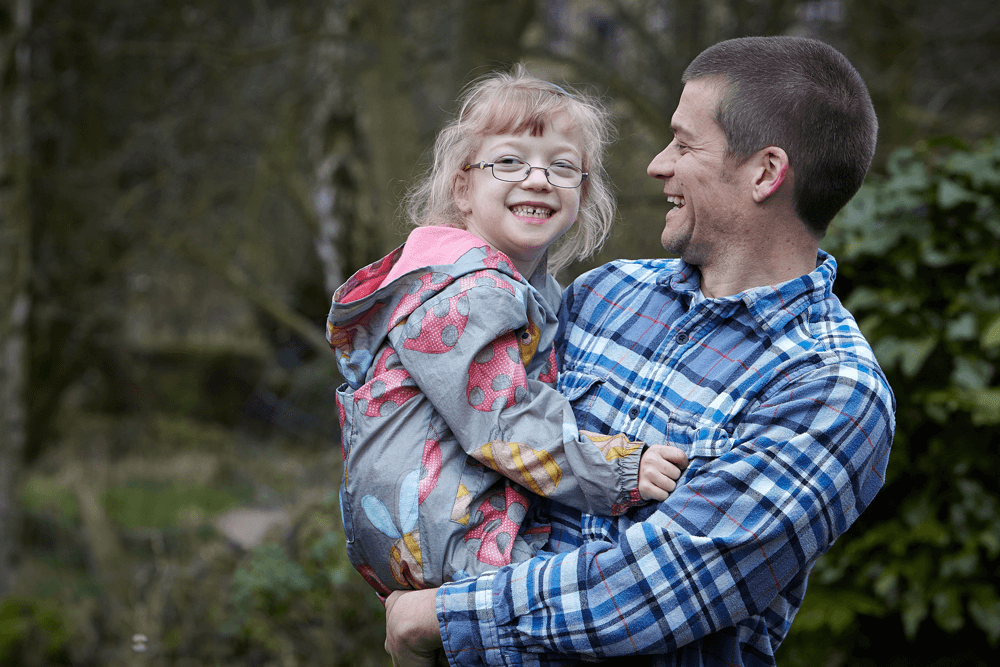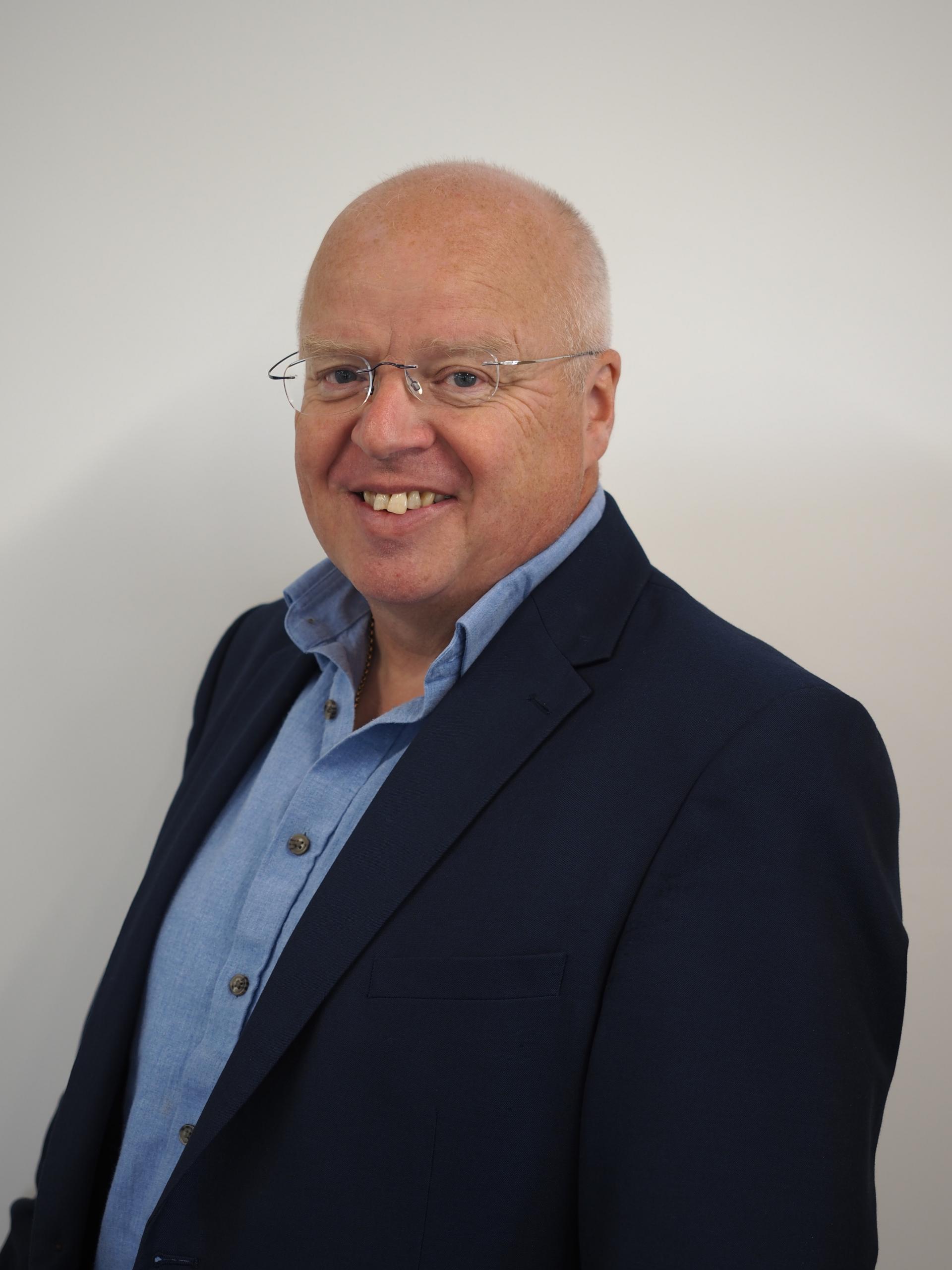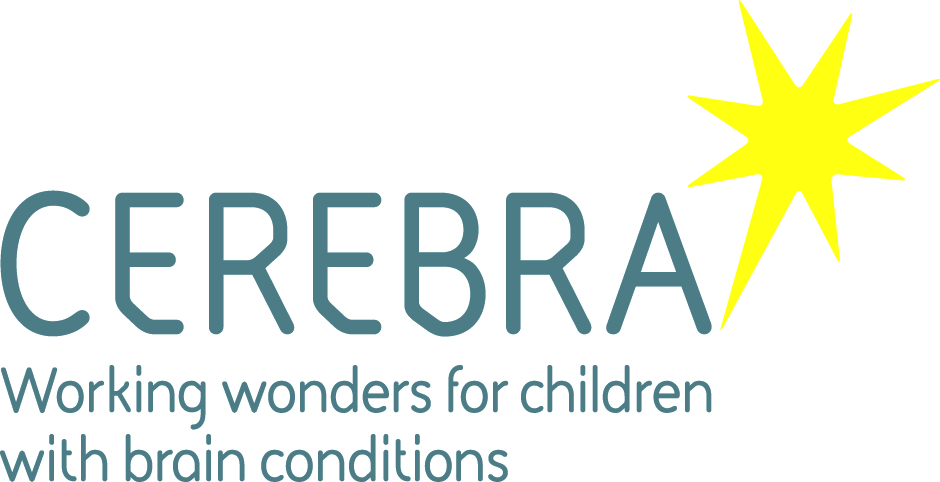Pillar of strength
Lara Latchem, 38, from Somerset explains how Cerebra Innovation Centre helped her son Henry get back on his feet
For Henry Latchem, ten, being as active as possible is hugely important. “He is very sporty and loves playing wheelchair basketball and is part of our youth team,” says Henry’s mum, Lara. “He also loves sit-skiing, plays powerchair football and does a thing called race running, which is a new Paralympic sport where he has a running bike with a three-wheeled frame and uses his legs to run.”
Henry was diagnosed with cerebral palsy when he was one year old, after Lara noticed he wasn’t meeting his milestones. “When he was six months old, I became a bit concerned as he was unable to sit up, but the health visitor decided we should just leave it for a while and see how we got on. However, by the time he was one he was still struggling, so they said they wanted more investigations to be done and we were referred to a paediatrician.
“Henry had always had awful reflux, clenched hands and struggled to feed, so all the little things added up and I kind of knew by that point that something may be wrong.” The paediatrician checked Henry’s physical abilities and he was also given an appointment with a physiotherapist who did an assessment. “They eventually diagnosed cerebral palsy without an MRI – although he was given one at two years old to confirm the diagnosis – caused by a lack of oxygen at some point between week 38 of pregnancy and birth. “It was really upsetting to get the diagnosis, but in some ways it was also a relief to know what was wrong. It gave us purpose being able to say, ‘Right, what can we do to help Henry?’ That became our main focus.
“The doctors were unable to tell us much about how Henry’s condition might affect him in the future, as everyone with cerebral palsy has different types of damage in different areas and they couldn’t predict what his mobility would be like, but told us early intervention would be best and to get as much of that as we could to help Henry in the future.”
Lara and Henry attended the local hospital once a week for an hour, where he did a programme that was set by physiotherapists, occupational therapists and speech and language therapists. “It was all play-based, using toys and getting them to make sounds and move around in different positions. We also attended hydrotherapy sessions and were very lucky to get an email about a group called Conductive Education, which uses a method of learning especially tailored for individuals with neurological conditions to help increase their independence. They were doing a trial in our area, so we went along and it was so good.
“Henry wasn’t affected cognitively but had a lot of stiffness and pain, mainly in his legs and hips and a little bit in his arms, so we focused on helping to increase movement and flexibility in these areas.”
When Henry was around five years old, he had Botox, followed by intensive physiotherapy to relieve the stiffness in his muscles. Then, in July 2020, he had surgery called selective dorsal rhizotomy, where the nerves are tested in the spine, and the ones that are sending abnormal signals to the muscles in the legs are cut. “He had over 60 per cent of his nerves cut, then spent a week as an inpatient, followed by two weeks as an outpatient going in twice a day for rehab, as you’re left with very weak muscles as they weren’t being used properly before. You have to start from scratch, teaching them how to do everything correctly.”
Lara was amazed at the difference in Henry following his surgery. “It really helped him and he has loads more movement and seems happier in himself and more content. He is able to be much more independent and can move around a lot more. I can now park on the drive, and if I open the door, he will get himself out and get from the car to the house on his own using the grabrails, whereas before I would have to fully lift him out of the car.”
Following Henry’s surgery, Lara realised he was getting too tall for the walking sticks he was using to help him get around. “We tried to order some more in a bigger size, but the ones he was using are made in Italy and the company that used to stock them in England had stopped providing them. Anything we were able to find from the NHS was too heavy or too big, so we just couldn’t find anything suitable.”
Lara contacted the Cerebra Innovation Centre, which is an initiative run by the charity Cerebra that designs and builds innovative, bespoke products to help disabled children discover and engage with the world around them.
“I told them our situation and they did some research to try to get hold of the sticks but were unable to track them down, so Ross, the product design manager there, asked us what we wanted. We gave him all the measurements of Henry’s current sticks and told him what worked for Henry – that he needed something strong but lightweight – and what height he would need, and Ross set about making some. He had never made sticks before, so it was a bit of trial and error, testing them out, then adapting using different materials, but when he finally got back to us with the finished set of sticks, it was just amazing.
“Henry was at his Conductive Education group when they gave him the sticks, and he just stood up from his stool, went for a walk and they worked perfectly. He just took to them straight away like he’d had them forever.”
The charity continued to tweak the design and Henry was given a new set of sticks that were even more lightweight and stronger in October 2022. Since getting his new sticks, Henry’s independence has continued to grow. “He now has a number of tools at his disposal to help him get around. He has a wheelchair for when he gets tired, but he will normally start the day using his walker or sticks and he can use his sticks to walk around the garden or go to the corner shop or go up to the desk at school, for example. If we are doing short journeys, it also means I don’t have to put the wheelchair in the car, as I know we can walk to where we need to go.
“Having the right sticks means Henry can stay as mobile as possible and be walking more often, which was what we all wanted. Obviously the older he gets, the more he will want to be mobile and independent and be able to say, ‘Oh actually, I don’t need to have Mum’s help, I can do that myself.’
“We are so grateful to the charity for their help. Having somebody who got our situation and just said, ‘Yes, we want to help. Let’s get Henry back on his feet,’ was just amazing. Giving families a piece of equipment that makes their life easier or gives a child their independence means so much to the whole family, and it really has changed our lives.”
THE CANDIS BIG GIVE
CEREBRA: FOR BRAIN-INJURED CHILDREN AND YOUNG PEOPLE
FUNDRAISING TARGET: £8,200
Brain conditions affect around half-a-million children and young people and result in complex medical, educational and social support needs.
The money raised in the Candis Big Give will go towards funding life-changing research into neurological conditions that affect the developing brain – including those caused by illness, genetics or traumatic injury – and offering support services to those affected.
The charity’s research spans a broad spectrum, ranging from the clinical, with a particular focus on pregnancy and birth, to the sociological and behavioural, focusing on such things as sleep and legal entitlements. It currently has research in Barcelona looking at markers during pregnancy that are able to determine the likelihood of problems such as preterm birth so that clinicians can intervene to prevent those problems taking place. It is also funding research taking place in Birmingham looking at developmental and behavioural issues and the consequences of neurological conditions on things such as sleep, and research in Leeds looking at the difficulties parents face in being able to acquire knowledge and access the legal system and the legal rights they have. It will aim to share these findings in ways families can use.
Cereba also has research taking place in Swansea, which will be looking into the development of products parents can actually make use of for their children, and is working in combination with the University of Wales Trinity Saint David on an enterprise called the Cerebra Innovation Centre, which employs product designers to prototype innovative solutions to practical everyday challenges through the production of products.
Visit cerebra.org.uk for more information.
WHAT CEREBRA MEANS TO ME
“The idea for Cerebra came to me in 2000, after I spotted an advertisement in a newspaper for a charity to be created on the back of funds that had come into the possession of KMPG as the result of the winding up of another charity.
At the time, I was twiddling my thumbs, after being made redundant from my role as chief executive for West Wales Training and Enterprise Council, and having a background in both health and business development, I felt like this was something I could do. I went and had a chat with them and was offered the position of custodian of these funds.
The night before I had this conversation, I had watched the film Lorenzo’s Oil, which is a wonderful true story about a little boy, Lorenzo, who at the age of five was diagnosed with ALD (adrenoleukodystrophy) – a genetic condition that damages the membrane
covering nerve cells – which the family were told would be fatal within two years. However, the parents didn’t wish to simply accept the inevitability and so started questioning, researching and wanting answers as to why this was happening and what could be done about it. They clashed with doctors, scientists and support groups until they eventually hit upon a theory that involved adding an oil to their son’s diet that halted the progression of his disease. They later did the same in other patients with ALD, and this product was dubbed Lorenzo’s oil.
I found this film so inspiring as it showed the application by a mum and a dad in the absence of medical knowledge, and the use of the human brain, to effect change. My thinking was I wanted to create an organisation that works on behalf of parents and carers and funds the work of real intellectual boffins and high-level thinkers that are able to understand complex issues but also do what Lorenzo’s parents did for him, which is translate their understanding into actual practical application. There is no charity in the UK doing things quite like us, and I am incredibly proud of what we have achieved. We offer research-focused practical assistance aimed at empowering the parent or carer, which they can use to benefit their child.”
